Market Signals Summary:
The MAC-US model, iM-Low Frequency Timer, and the S&P500 Coppock are invested in the markets, as is the “3-mo Hi-Lo Index of the S&P500” which entered the market on 10/22/2018. The MAC-AU is also invested in the markets. The recession indicators iM-LLI and iM-BCIg do not signal a recession. The bond market model avoids high beta (long) bonds, and the yield curve is steepening. The gold Coppock remains invested in gold, however the silver model is in cash. The iM-Gold Timer is ivested in gold since 1/21/2020.
Stock-markets:
 The MAC-US model switched into the markets on 2/26/2019. The sell-spread (red line) is above last week’s value and needs to move below zero to generate a sell signal.
The MAC-US model switched into the markets on 2/26/2019. The sell-spread (red line) is above last week’s value and needs to move below zero to generate a sell signal.
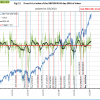 The 3-mo Hi-Lo Index Index of the S&P500 is above last week’s level at 14.28% (last 13.75%), and is invested in the stock market since 10/22/2019.
The 3-mo Hi-Lo Index Index of the S&P500 is above last week’s level at 14.28% (last 13.75%), and is invested in the stock market since 10/22/2019.
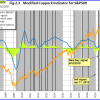 The Coppock indicator for the S&P500 entered the market on 5/9/2019 and is invested. This indicator is described here.
The Coppock indicator for the S&P500 entered the market on 5/9/2019 and is invested. This indicator is described here.
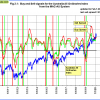 The MAC-AU model is invested in the markets. The sell-spread (red line) is above last week’s value and needs to move below zero to generate a sell signal.
The MAC-AU model is invested in the markets. The sell-spread (red line) is above last week’s value and needs to move below zero to generate a sell signal.
This model and its application is described in MAC-Australia: A Moving Average Crossover System for Superannuation Asset Allocations.
Recession:
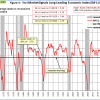 The current level of iM-LLI is plus 3.76 and is below last week’s downward revised 3.89. ), hence this indicator signals that a recession is unlikely to begin during the next 8 months.
The current level of iM-LLI is plus 3.76 and is below last week’s downward revised 3.89. ), hence this indicator signals that a recession is unlikely to begin during the next 8 months.
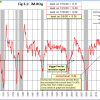 Figure 3.1 shows the recession indicator iM-BCIg up from last week’s level. An imminent recession is not signaled .
Figure 3.1 shows the recession indicator iM-BCIg up from last week’s level. An imminent recession is not signaled .
Please also refer to the BCI page
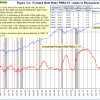 The Forward Rate Ratio between the 2-year and 10-year U.S. Treasury yields (FRR2-10) is near last week’s level and is not signaling a recession.
The Forward Rate Ratio between the 2-year and 10-year U.S. Treasury yields (FRR2-10) is near last week’s level and is not signaling a recession.
A description of this indicator can be found here.
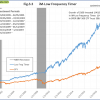 The iM-Low Frequency Timer is back in the markets since 1/22/2019.
The iM-Low Frequency Timer is back in the markets since 1/22/2019.
A description of this indicator can be found here.

Leave a Reply
You must be logged in to post a comment.